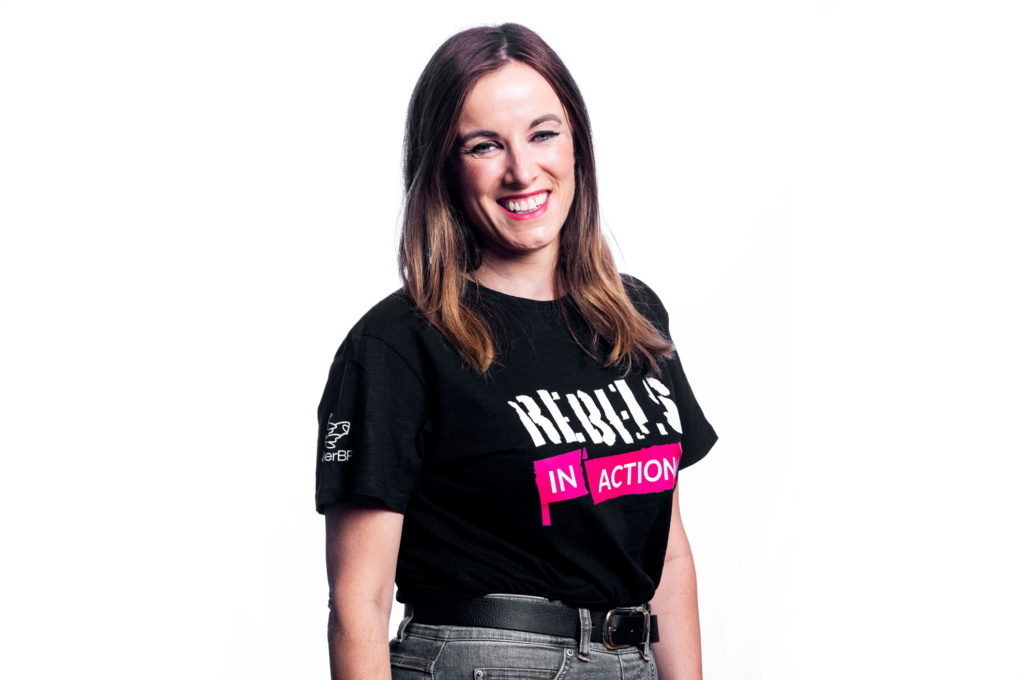The need for a productivity revolution
We are certain that new digital technologies are essential enablers and pillars in the strategy for building the exploration and production company of the future.
We are standing on the threshold of exponential adoption of new technologies such as artificial intelligence, interoperability in data and industrial robotics. We have no doubt that these technologies will transform the way we work, and the way we do business, and we are already seeing examples of that.
Which one is the most important for an E&P company? Answer: all of them. But the technologies themselves are not uniquely important – what’s important is how we leverage them to transform ourselves – to enable faster, better decisions, to enable optimisations in real-time and at scale, and to deliver on the promise of efficient use of resources.
We are facing radical change – not only in the oil and gas industry, but in industry in general.
We already have a history of advocating for a productivity revolution in our industry. The external context is changing, and if we are to remain relevant, we must also change and be flexible.
Our platform for growth includes several large and complex greenfield projects, many increasingly marginal brownfield and tie-back projects, and an extensive drilling and well intervention program to produce more and more marginal barrels. And we aim to accomplish all this while maintaining integrity and high efficiency at the production installations. This agenda demands systematic and continuous optimization of how we work. We need to make unprofitable discoveries profitable, and artificial intelligence, interoperability and robotics can help us do just that.

We are transforming core end-to-end processes, and these are some examples of the benefits we see across our business:
Use artificial intelligence to streamline manual tasks
Artificial intelligence has become a buzzword and the efficiency that artificial intelligence can provide does not come by itself. Like everyone else, we want to be exploratory and searching when it comes to the use of new technology, and we see that artificial intelligence has the potential to make our business considerably more efficient, if it is used in a responsible way.
In January of this year, we launched our AI strategy, which is based on balancing innovation with responsibility to ensure that when we navigate in the landscape of AI, we do so with strategic precision and integrity. You can read our AI strategy here.
In order to further utilize the power of AI, we have to work together. We will not be able to do all of this on our own. That’s why we collaborate with some of the biggest and brightest companies in the world to create the best solutions, not just for Aker BP, but for our entire industry. Data sharing has been a fundamental belief for us for a long time, and therefore, we want to use the data and the knowledge we have to create solutions that benefits everyone.
Superior design quality – reduce execution and operation costs
At the same time that we can deliver projects faster, we will also improve the quality of our designs. We will run many more iterations and optimize designs to accommodate the full life cycle. This will be possible thanks to the efficiency we gain by allowing our teams to collaborate across different disciplines, including our alliance partners.
More predictability to reduce operational costs, improve uptime and maximize production
Our goal this year is to deliver the first steps in our maintenance and integrity end-to-end transformation. Together with Aize and Cognite, we are building a digital workplace – the hub of our operations. It will be our common source of data and insight into the work we do – safeguarding our people and production.
Connecting this technology with the use of robotics and AI, we are completely modernizing our installations – here, we need to look at other industries such as the automotive and airline industries for reference and comparison. Operating at a completely different level of precision will enable us to lower OPEX, increase plant up-time and reduce environmental footprint.
Essentially, we are empowering our organization with better insight to improve our ability to make optimal decisions at different levels – operational, engineering and executive.
ADA will set a new standard
Aker Digital Alliance (ADA) is a strategic collaboration between Aker BP, Aker Solutions, Cognite, and Aize. The goal of ADA is to accelerate the adoption of modern, data-driven work processes and set a new standard for cross-functional collaboration. Read more about ADA here.
Look into a few examples in the cases below.
